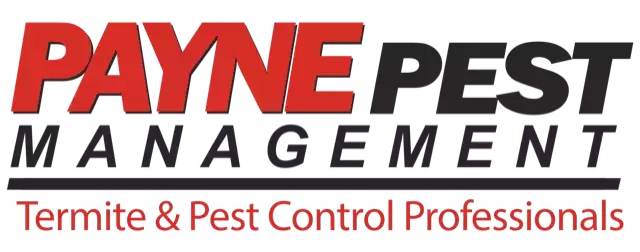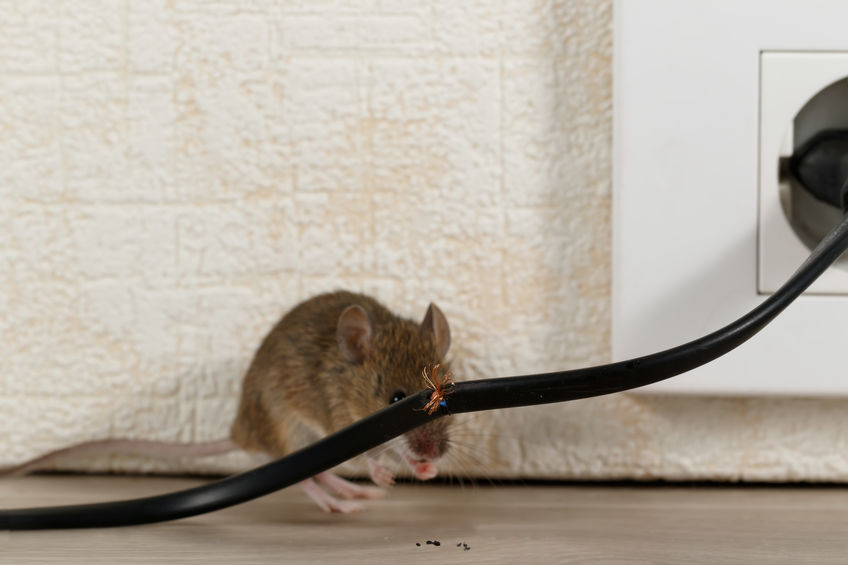Most homeowners have had to deal with mice getting into their homes, as these little rodent pests are experts at locating gaps and cracks that provide an entryway into the house. House mice have the ability to squeeze themselves through a crack that is as small as ¼ inch or dime-sized holes.
A house mouse usually lives near humans, including inside and around fields, granaries, barns, homes, or other places where food and shelter are readily available. Normally, house mice nests are made from soft materials like shredded cardboard or paper and rags. If any of these materials are damaged in your home, it might be a sign of an active mice infestation. Nests can be found within furniture paddings, under appliances, inside drawers, inside storage boxes, inside ceiling voids, and inside wall spaces.
What do House Mice Eat?
House mice eat a variety of foods depending on the availability. In your house, a house mouse can eat any available human and pet foods as well as paper, soap, and glue. In the fields, house mice mostly feed on plant material.
When Are Mice Active?
Since a house mouse is nocturnal and does not like bright lights, it is usually active after dusk. A house mouse is usually found indoors in storage buildings, barns, and inside other shaded structures in your home. It is an adaptable nester and can build nests in various places inside your house. You can get mice nesting in these common places:
- Inside or under bathroom and kitchen cabinets
- Inside water heater cabinets
- Paces in ceilings or walls, usually around heat sources
- Inside storage boxes
- Ins isolated areas of attics, garages, or cluttered rooms
- Under furniture
- Inside padded furniture spaces
- Behind or under kitchen appliances
When checking these areas, you should look for these signs to know if mice have infested your home:
- Food tinkering: House mice are scavengers and will consume any accessible food, including pet food, meats, grains, vegetables, and fruits. Mice gnaw through food packages to access the food inside. Check food containers in your food stores to identify if mice have tampered with your food.
- Gnawing or squeaking sounds: While mice are highly secretive pests, they can be somehow noisy during their active hours. They produce squeaking sounds when interacting with each other. Identifying the sounds can help you locate their nesting places.
- Collected nesting material: mice build nests using different soft materials, including shredded cotton, insulation, cardboard, or paper.
- Gnaw marks: House mice create small holes about 1 inch in diameter. You can find gnaw marks on paper and cardboard boxes that have been tattered for nesting material.
- Droppings: The most apparent sign of house mice infestation is the presence of droppings, which are rod-shaped with pointed ends.
The main reasons why mice choose to hide inside or around your home are to escape harsh weather, to escape predators, and to get access to food.
If you identify any of these mice infestation signs, you should hire a pest control professional to eliminate the problem. House mice are hard to control and require a trained person to effectively identify and create an effective treatment plan to eliminate them.







